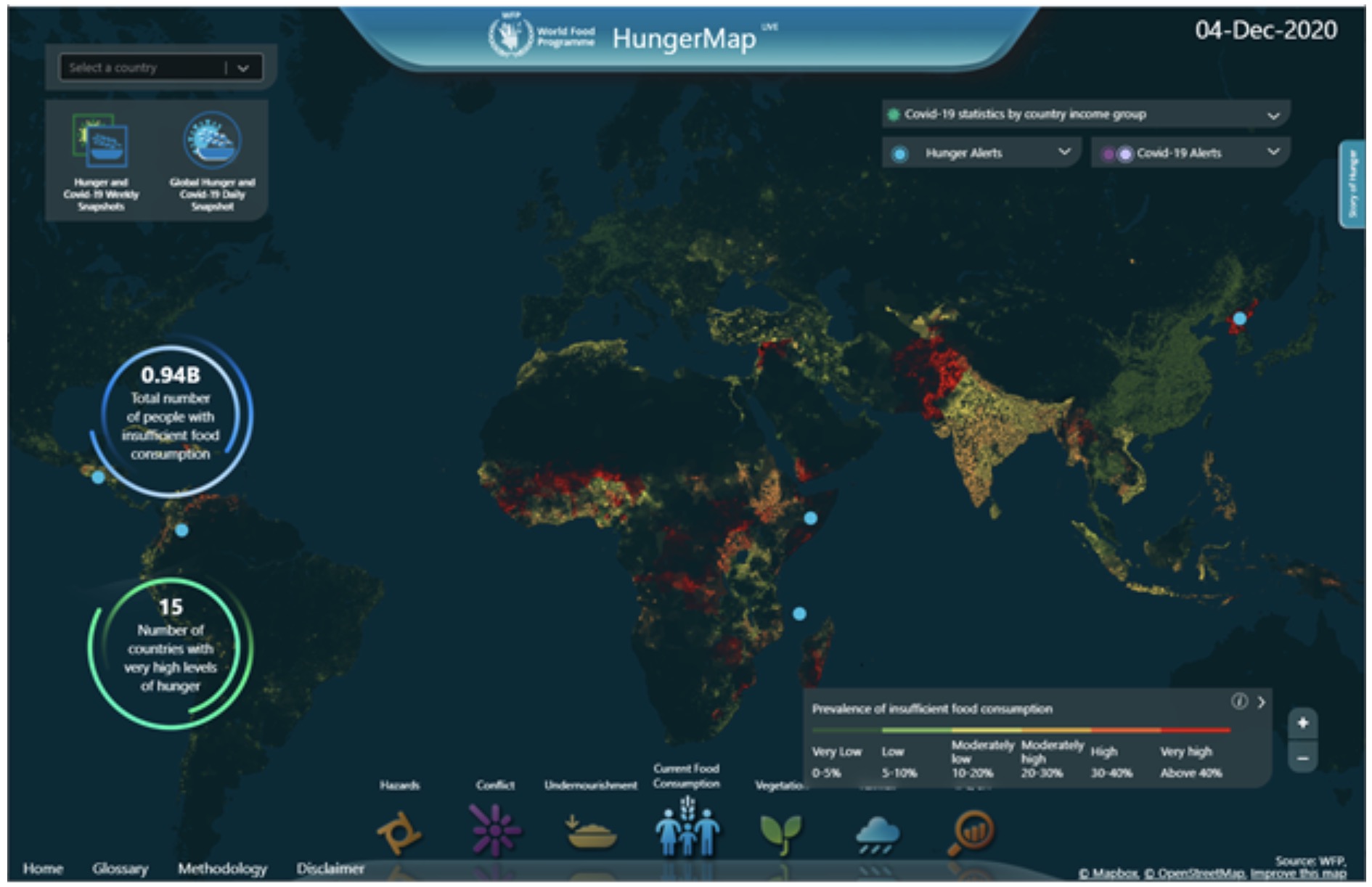Our world is still grappling with many historical challenges such as extreme poverty that are showing signs of decline, but the recent COVID-19 pandemic has pushed these efforts back for about three years . We still have several manifestations of poverty such a hunger that should be a global priority to address.

The World Food Program (awarded the Nobel Peace Prize in 2020) has been advocating reducing food waste and helping the hungry.
As we look ahead, we see not only an evolution in the types of environment and natural resources challenges we are facing, but also a rapid evolution in the development of new “disruptive” technologies that could help us completely rethink the way we address these challenges. This range of technologies that are evolving rapidly could have a tremendous impact on our environment and natural resources and we need to stay abreast of the new possibilities and learn from global good practice.
These technologies are both enabling and requiring us to work in a more cross-sectoral, integrated manner. This involves reimagining work in different sectors within all institutions (e.g. the World Bank Group) in related areas such as urban development , agriculture , water , climate mitigation , climate resilience (including disaster resilience ), social inclusion and others that directly or indirectly impact issues of environment and natural resources management.
These technological innovations are also getting adopted faster and faster as we see in the case of the US in the interactive chart below.
Today, some of these innovations such as mobile telephones and mobile money are adopted faster in the developing world.
These innovations have changed everyone’s micro-environment in urban areas facilitated by online services as illustrated here for the “evolution of the desk” by the Harvard Innovation Lab.
Today, many of these innovations are making a major difference in rural areas as well, providing a new range of services and hardware to farmers, fishermen, agroprocessors, and communities. These show significant promise to make these evolving technologies work for the poor (including the rural poor ) if facilitated by the right kinds of governance mechanisms and enabling environment.
All these technologies are expected to change the world dramatically in the coming decades. Futurologists are trying to envision what that world would look like – an important process to try and anticipate what kind of implications that could have and the concomitant risks that need to be managed. Check out some of the visions for 2050:
Many of these innovations can be targeted towards solving some of the sustainability challenges that the world faces in the coming decades. Some posit that the next decade is critical to address many of these challenges to our planetary boundaries (outlined by Johan Rockstrom). The concept of “ Green Swans ” (building on the earlier concept of “Black Swans” where “wicked problems” can disrupt systems adversely) that can take us exponentially in the direction of a regenerative future has been well-articulated by John Elkington (who also came up with the concept of a “Triple Bottom Line”).
A first step requires an appreciation of the significant environment challenges that we are facing as articulated by this call to action from David Attenborough, and the role that emerging technology can play in rethinking sustainable development.
An evolving world of “disruptive technologies”, and more generally, disruptive innovation , can help us reimagine sustainable development. There is an urgent need to “socialize” these evolving technologies to explore their development potential and risks so that appropriate policy, incentive, regulatory, institutional and financing frameworks can be put in place to effectively tap this tremendous potential while managing the associated risks (e.g. privacy, cybersecurity, obsolescence of traditional jobs, digital divide).
We hope that this interactive GreenTech e-book is a new way for you to explore this emerging world GreenTech technologies interactively at your fingertips and we will do our best to keep this updated to reflect new innovations. Please do send us your thoughts on how we can improve this e-book and any links to additional innovations that you consider to be useful to feature.